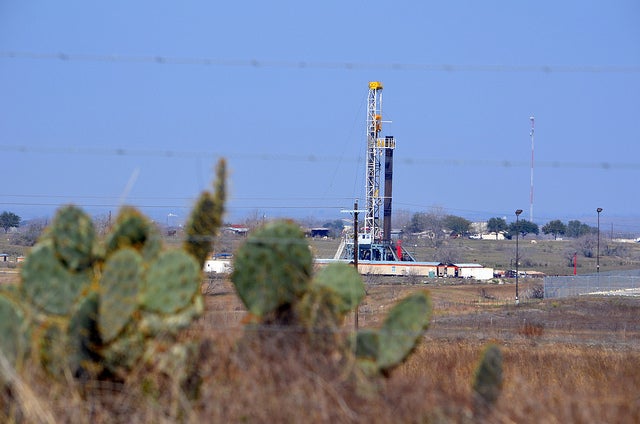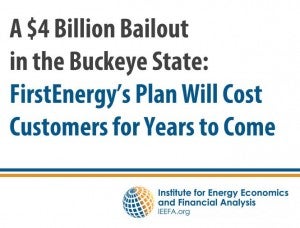 I’ve always been proud to be from Illinois. As a Midwestern girl who went out East for college, I spoke often about the wonders of my hometown of Chicago: from our miles of gorgeous public lakefront, to our proud history as the home of the first skyscraper. We have a scrappy side, too. As a city that rebuilt itself from scratch after the Great Chicago Fire of 1871, we’ve always worn the title, ‘Second City’ as a badge of honor (and a chip on our shoulder, when it’s used as anything but a compliment).
I’ve always been proud to be from Illinois. As a Midwestern girl who went out East for college, I spoke often about the wonders of my hometown of Chicago: from our miles of gorgeous public lakefront, to our proud history as the home of the first skyscraper. We have a scrappy side, too. As a city that rebuilt itself from scratch after the Great Chicago Fire of 1871, we’ve always worn the title, ‘Second City’ as a badge of honor (and a chip on our shoulder, when it’s used as anything but a compliment).
That’s why when the U.S. Green Building Council (USGBC) released its annual Top 10 States for LEED, it came as no surprise to me that Illinois topped the list for the third year in a row. The ranking evaluates states based on sustainable building design, construction, and transformation, demonstrating Illinois’ progressive leadership when it comes to energy management in buildings.
Illinois has taken the lead, but property managers who haven’t jumped on the energy efficiency bandwagon yet should join now – there’s plenty of room. It’s never too late to pursue efficiency opportunities that benefit your organization’s bottom line. Read More
 The west is rightly known for mountain views and desert vistas. Many of these landscapes are managed by the U.S. Department of Interior’s Bureau of Land Management (BLM) on behalf of all Americans. But something else is a major part of the region as well – tens of thousands of oil and gas wells and their associated infrastructure.
The west is rightly known for mountain views and desert vistas. Many of these landscapes are managed by the U.S. Department of Interior’s Bureau of Land Management (BLM) on behalf of all Americans. But something else is a major part of the region as well – tens of thousands of oil and gas wells and their associated infrastructure. California’s “big three” utilities, at the behest of state regulators, are in the process of examining and improving how they price electricity, including something called
California’s “big three” utilities, at the behest of state regulators, are in the process of examining and improving how they price electricity, including something called  FirstEnergy’s plea to keep four aging power plants alive will cost Ohio customers almost $4 billion, according to a new study out today by the Institute for Energy Economics and Financial Analysis (IEEFA). The proposal is currently in front of the Public Utilities Commission of Ohio (PUCO).
FirstEnergy’s plea to keep four aging power plants alive will cost Ohio customers almost $4 billion, according to a new study out today by the Institute for Energy Economics and Financial Analysis (IEEFA). The proposal is currently in front of the Public Utilities Commission of Ohio (PUCO). Ohio utilities FirstEnergy and AEP, as readers of this blog know too well, want the Buckeye State to bail out their uneconomic power plants. Combined, their proposals before the Public Utilities Commission of Ohio (PUCO) would run Ohioans nearly $6 billion in increased costs. We understand where the companies’ greedy desire for subsidies comes from, but the arguments for them have become downright silly.
Ohio utilities FirstEnergy and AEP, as readers of this blog know too well, want the Buckeye State to bail out their uneconomic power plants. Combined, their proposals before the Public Utilities Commission of Ohio (PUCO) would run Ohioans nearly $6 billion in increased costs. We understand where the companies’ greedy desire for subsidies comes from, but the arguments for them have become downright silly. Questions about if and how hydraulic fracturing activities (or “fracking” to some) can contaminate drinking water have been top-of-mind for many since the practice started getting widespread public attention about a decade ago. Recognizing the validity of those concerns, EPA undertook a study to see how the full ‘hydraulic fracturing water cycle’ – which includes water withdrawals, chemical use and mixing, well injection, waste water management and disposal — could potentially impact our drinking water resources. In a
Questions about if and how hydraulic fracturing activities (or “fracking” to some) can contaminate drinking water have been top-of-mind for many since the practice started getting widespread public attention about a decade ago. Recognizing the validity of those concerns, EPA undertook a study to see how the full ‘hydraulic fracturing water cycle’ – which includes water withdrawals, chemical use and mixing, well injection, waste water management and disposal — could potentially impact our drinking water resources. In a